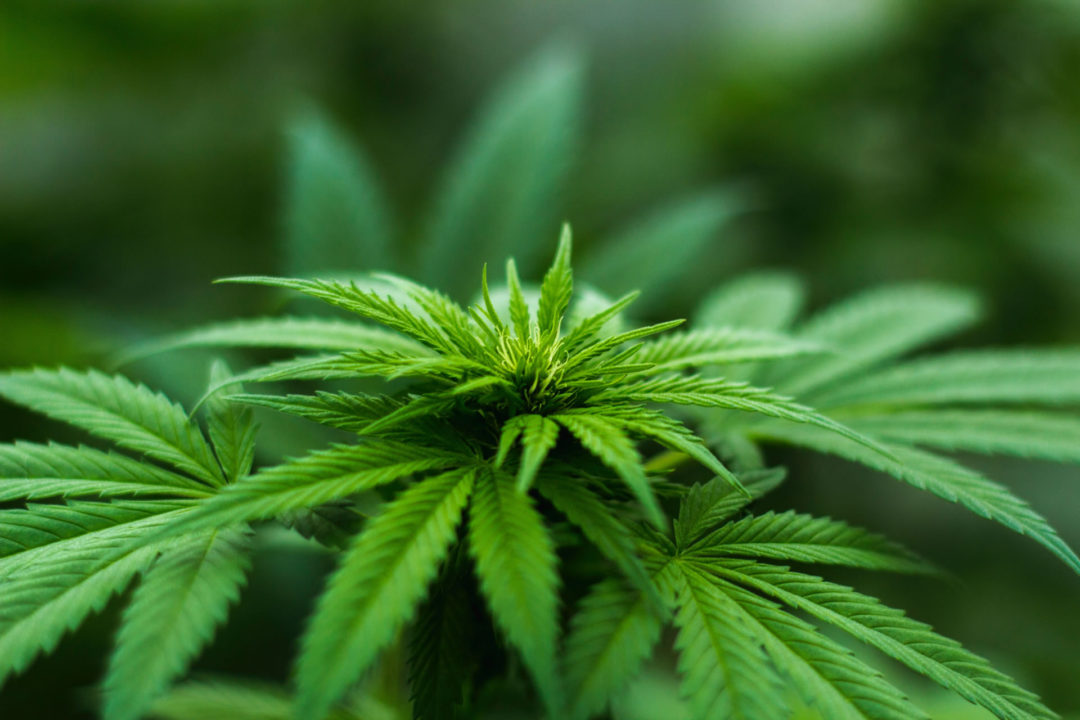
Researchers Identify Genetic Differences in Cannabis & Hemp Strains

The researchers analyzed genetic sequences from nine commercial cannabis strains and found distinct gene networks, each of which orchestrate production of cannabinoids and terpenes. This analytical method, the release says, can be used to delineate between cannabis and hemp; can identify the terpene that makes the well-known smell of plant, and provide a path to breed a similar strain with a better smell; and can help test the health claims of cannabidiol and the entourage effect between cannabinoids.
The study, published in Plant Physiology,was headed by Mark Lange, a professor at Washington State University’s Institute for Biological Chemistry and all material was handled by EVIO Labs.
“You need to know what you’re selling,” Lange said of the emerging market. “You can’t just call it something and then that’s good. We need to be very clear that this is the cannabinoid profile that is associated with, say, Harlequin—it has a specific cannabinoid profile, a specific terpenoid profile, and that’s what it is. If it has a different name, then it should have a different profile. Currently you can do whatever you want.”

The editorial team at WholeFoods Magazine has decades of experiences reporting on natural products industry news, trends, and more. This national, monthly business-to-business magazine has been published continuously for nearly 40 years (the magazine was founded in 1977, and has been owned by Wainer Finest Communications since 1984). It is the longest-tenured media outlet of its kind in the natural products industry. The editorial focus at WholeFoods Magazine is, and always has been, on informing and educating members of the natural products industry.
The Magazine
Information
About Us
NOTE: WholeFoods Magazine is a business-to-business publication. Information on this site should not be considered medical advice or a way to diagnose or treat any disease or illness. Always seek the advice of a medical professional before making lifestyle changes, including taking a dietary supplement. The opinions expressed by contributors and experts quoted in articles are not necessarily those of the publisher or editors of WholeFoods.







